Discussion on Robotic Sortation: Key Questions Answered
In a recent webinar, “Unlock $20M Savings with Superior Efficiency: Robotic …

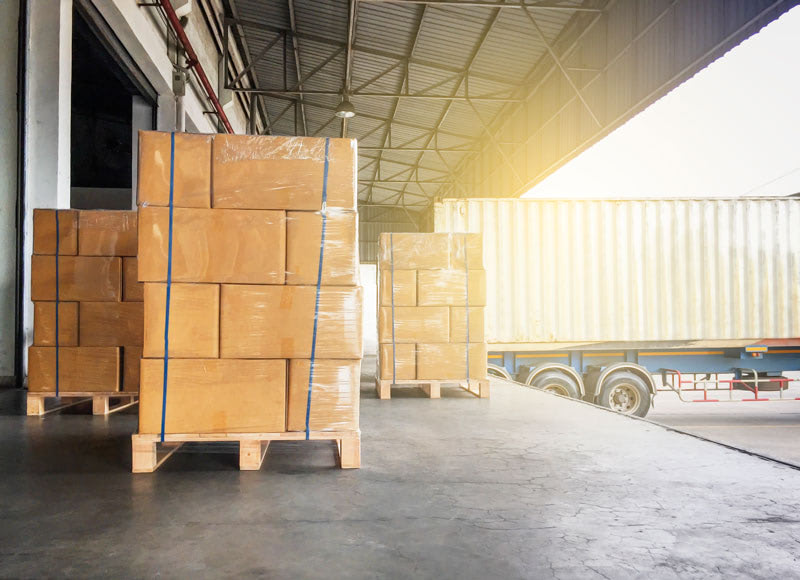
Recent research shows that COVID-19 significantly shifted retail and consumer goods leaders’ opinion of their supply chains, spurring plans to invest to achieve resilience, speed, and agility.
Many businesses historically worked to create supply chains optimized for cost-efficiency, but the global events of 2020 forced retail and consumer goods industry leaders to shift their priorities to achieve a responsive and resilient supply chain.
In fact, recent research from Bain & Company in partnership with Microsoft shows that 40% of U.S. companies surveyed intend to increase their total supply chain investment — primarily to embed agility, resiliency, and speed into their supply chains. More than 90% polled in the same study revealed plans to change their existing supply chain networks, some with plans for significant changes. And 67% indicated that they will be looking for strategic business input from their supply chain organization leaders — on decisions including merchandising, store operations, and product strategy.
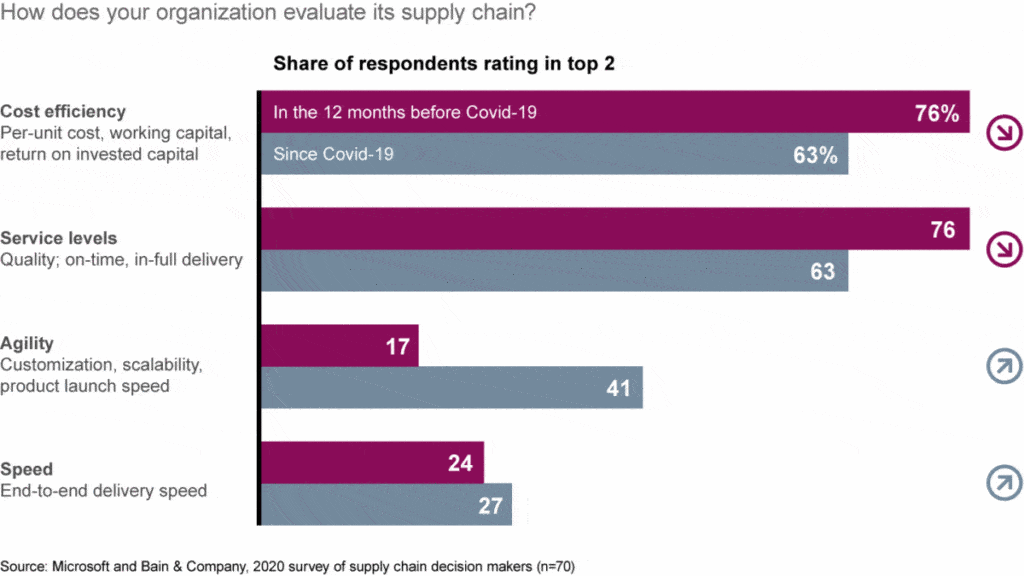
It is obviously not news that COVID-19 broke existing supply chain business models, with inventories drying up, labor shortages becoming standard, and delivery times in a state of flux. Yet this industry shift had begun even prior to the pandemic. Rapid delivery from the likes of Amazon and eCommerce strategies by big retailers such as Target and Walmart sounded early alarms for the rest of the retail ecosystem without a forward-looking supply chain strategy. Behind the push for supply chain innovation is a common driver: rising consumer expectations.
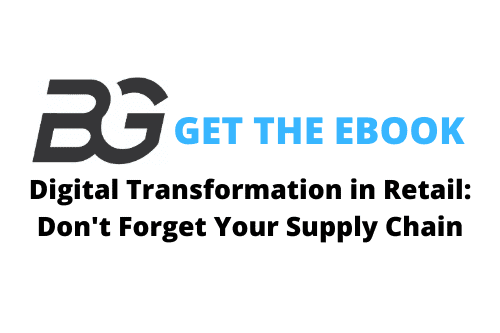
A recent report by CGT, IDC, and Supply Chain Insights detailed exactly how the coronavirus shone a light on a dependency on the human workforce in the supply chain, from requiring too many people working in close quarters in warehouses to being poorly equipped to scale up and down to meet demand.

“The events of spring 2020 have cast supply chains in the spotlight like never before. No country, business, or factory — nor a single node along the product-to-consumer journey — has been untouched by COVID-19,” said Jordan Speer, Research Manager of Global Supply Chain at IDC.
Regardless of the origin of consumer expectations for same- or next-day delivery in even unrealistic scenarios — such as a global pandemic — retail and consumer goods businesses must innovate to meet the demand. That means changing how they partner to deliver their goods to customers. And it means adding technology throughout the supply chain to speed fulfillment, to provide greater visibility of inventory across tiers, and to lessen labor dependency when demand spikes.
The supply chain should be a priority in any digital transformation efforts among retailers today. Online shopping and eCommerce have steadily increased their influence in the retail sector — currently expected to account for 14.5% of all retail sales by the end of 2020, according to a recent report from eMarketer. That share of the retail marketplace will continue to put additional pressure on supply chains.
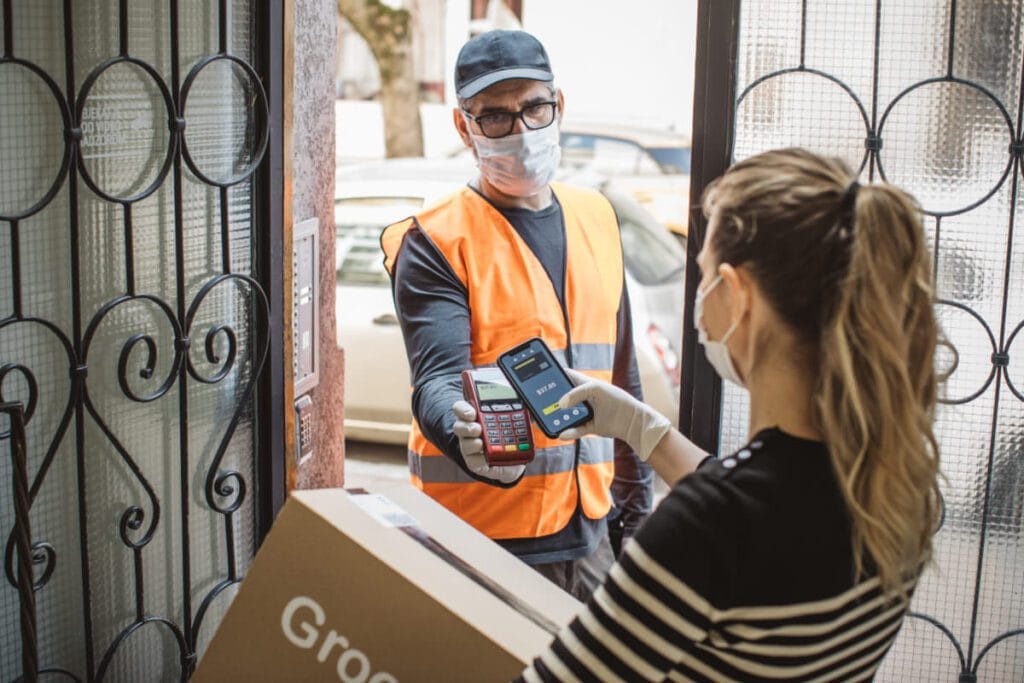
Most traditional retailers are fully aware that the practice of point, click, and buy will likely increase especially as we move into the holiday season. Total eCommerce sales in the U.S. in 2020 will be more than $709 billion, the eMarketer report said, with Walmart surpassing eBay as the No. 2 eCommerce retailer behind Amazon. A shift to online grocery delivery is credited with pushing Walmart forward, but click-and-collect options have also contributed to the ongoing stress on retail supply chains.
Walmart, for its part, is innovating in last-mile fulfillment and had in the past partnered with DoorDash and more recently Instacart to speed products to customers. Meanwhile Target acquired Shipt and then announced plans to buy technology from same-day delivery startup Deliv. Some 53% of retailers surveyed by Bain and Microsoft are also looking to increase investments in flexible operations.
The trend toward Robotics-as-a-Service (RaaS) could also help make robotic automation systems available to more organizations with a model that removes the upfront capital cost of the technology and lets them flex resources when demand spikes. This creates new opportunities for companies that previously shied away from advanced automation to deploy robotics in their facilities.
Adopting an omnichannel fulfillment model will be a good start for retailers looking to more easily deliver orders — regardless of the buying model.
The Bain & Company and Microsoft study found that nearly 60% of retailers and consumer goods companies are planning to increase their investment in multiple facilities to meet the demand of online orders — rather than rely solely on one or a few centralized locations. According to the same report, using existing stores as fulfillment centers can be up to 40% less expensive than shipping orders from a central warehouse. Utilizing extra space in current store footprints can both help speed deliveries to customers in those locations and also maintain better inventory for any in-store purchases at the location.
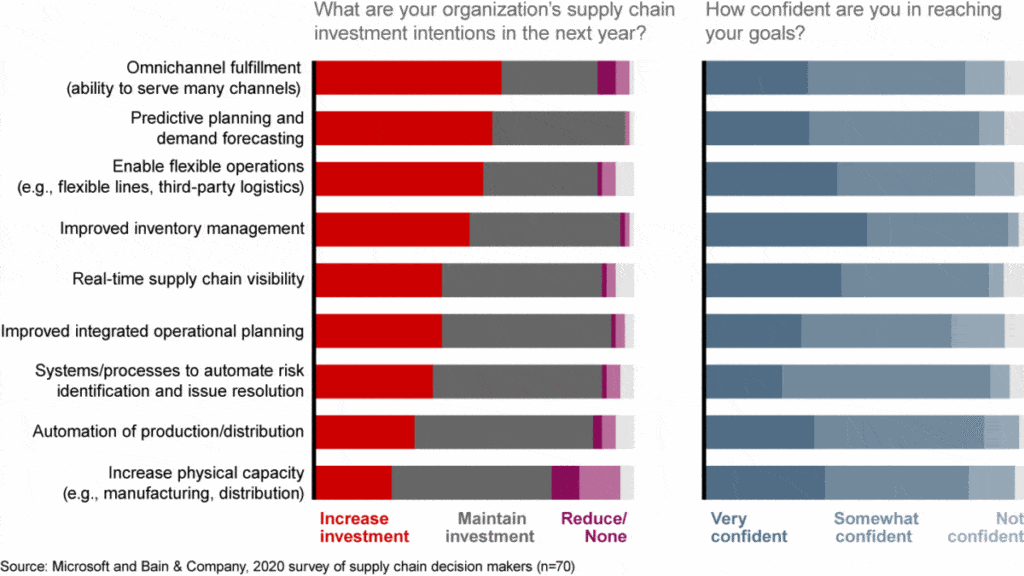
For example, a 2019 survey of 2,700 industry professionals by Zebra Technologies said that eCommerce has given the typical consumer a faster delivery expectation, with the majority of survey respondents admitting that they have failed so far to attain an effective omnichannel fulfillment capability. In addition, global shipping has tripled over the last few years, while the cost of said shipping has dropped, the survey said.
If we take fulfillment as the logical endpoint of a retail or customer experience, it becomes clear that modern warehouses must also be “staffed” with technology that can prioritize omnichannel fulfillment as part of the overall customer experience.

Robotic automation systems should be considered part of the evolution of today’s modern supply chains. While labor availability continues to challenge companies, robots could fill the gap and staff additional shifts not appealing to the typical human workforce.
Further, AI-powered, autonomous mobile-robot squads can cost-effectively reroute and optimize processes currently bound by connected conveyance methods, and/or reduce the steps that human pickers need to pull from storage or inventory. Another key is to focus on intelligent solutions that can pick individual items effectively — arguably one of the more labor-intensive and time-sensitive challenges of the supply chain — while also integrating with existing technology in the distribution center itself.
At Berkshire Grey, we have a holistic approach to the next-gen improvements for supply chain operations. Our intelligent robotic solutions have been developed to change the way retailers, grocers, 3PLs, and eCommerce do business, not just now but in the future.
In a recent webinar, “Unlock $20M Savings with Superior Efficiency: Robotic …
With a strong foundation of AI-driven robotics and a mission to …
In today’s fast-paced logistics environment, aging unit sorters and traditional tilt-tray …
Contact the BG Fulfillment Automation Sales Engineering Team to Learn How to:
Call +1 (833) 848-9900
or connect using our form.